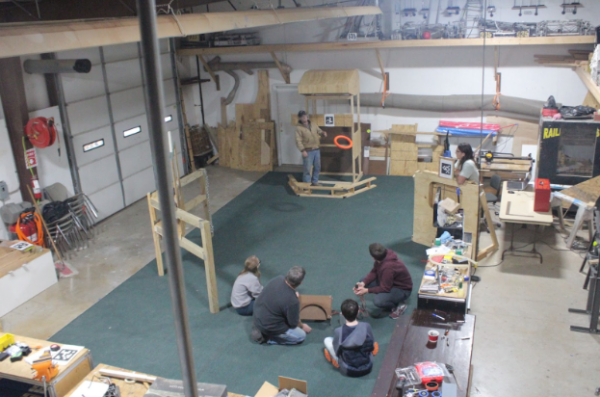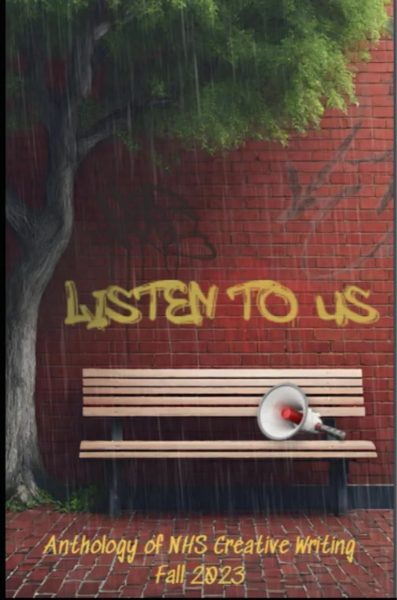Students affected by allergies take extra safety precautions
Avoiding allergens like gluten, peanuts, latex key to preventing reactions
Allergies are something that affect many people around the world, including some students at the school. Some allergies are seasonal, while others are food related. Students with seasonal allergies are able to take pills and medication to help with their allergies. On the other hand, students with food allergies have to take precautions and only have the opportunity to take medicine that might ease the allergy but not completely stop an allergic reaction from occurring.
The school has taken the precautions to post signs on the school doors stating that this is an allergy aware school. For some students, this does not make an enormous difference, but there are also some students that this sign directly relates to.
“(The school) does a pretty good job (keeping me safe from my allergy) but I’m old enough now to know what not to do and what not to eat,” junior Taylor Brewer said.
Each student’s allergies have a different level of severity. Some students have a high tolerance and will only experience an allergic reaction after eating what they are allergic to. Others experience an allergic reaction when they are exposed to their allergen. Sophomore Lauren Thompson is highly allergic to gluten, which is frequently found in bread and wheat products.
“Every time I eat (gluten) I’m at least sick for a few days,” Thompson said. “I got a little tempted because my friend had lemon girl scout cookies and I thought I could eat one since it was so small and so I ate one and started throwing up and had to go home.”
While Thompson is able to control if she has an allergic reaction by refraining from eating gluten; others are not in control of when there is something in the room that could promote an allergic reaction. One student, sophomore Serenity Davidson experiences an allergic reaction when exposed to latex.
“It’s if I’m in the same room or premises. Usually I get hives really bad. It has never got bad enough to go into anaphylactic shock but I know it could happen,” Davidson said.
Like Davidson, there are many other people who have an allergic reaction when near the specific thing that they are allergic to. While Davidson only has to look out for one thing that could cause a reaction, Brewer has multiple different items that could trigger a reaction. This includes peanuts, latex, tomatoes, different grasses and trees.
“(My peanut allergy) is pretty severe, latex I get a rash, and then one time I got a piece of grass in my eye and my whole eye swelled up and I had to go to the hospital,” Brewer said.
Avoiding reactions is important for students with severe allergies, but non-allergic students can help them stay safe as well. Respecting the warning signs about allergens posted on the school doors could potentially save a life.

Kaete is a senior and is a third year staff member serving this year as Graphics Manager for The Newtonian. She participated in volleyball, cheer and girl's...










